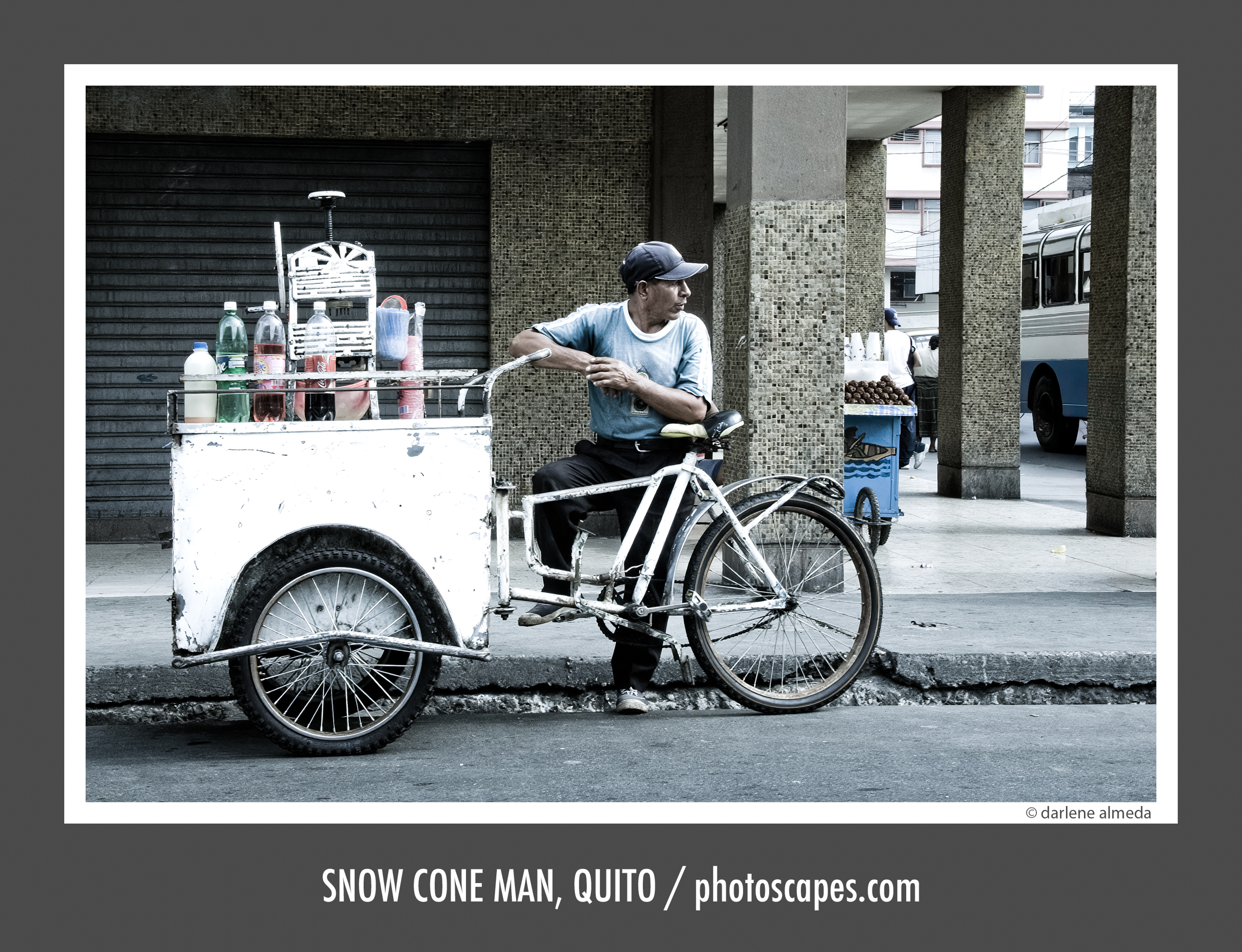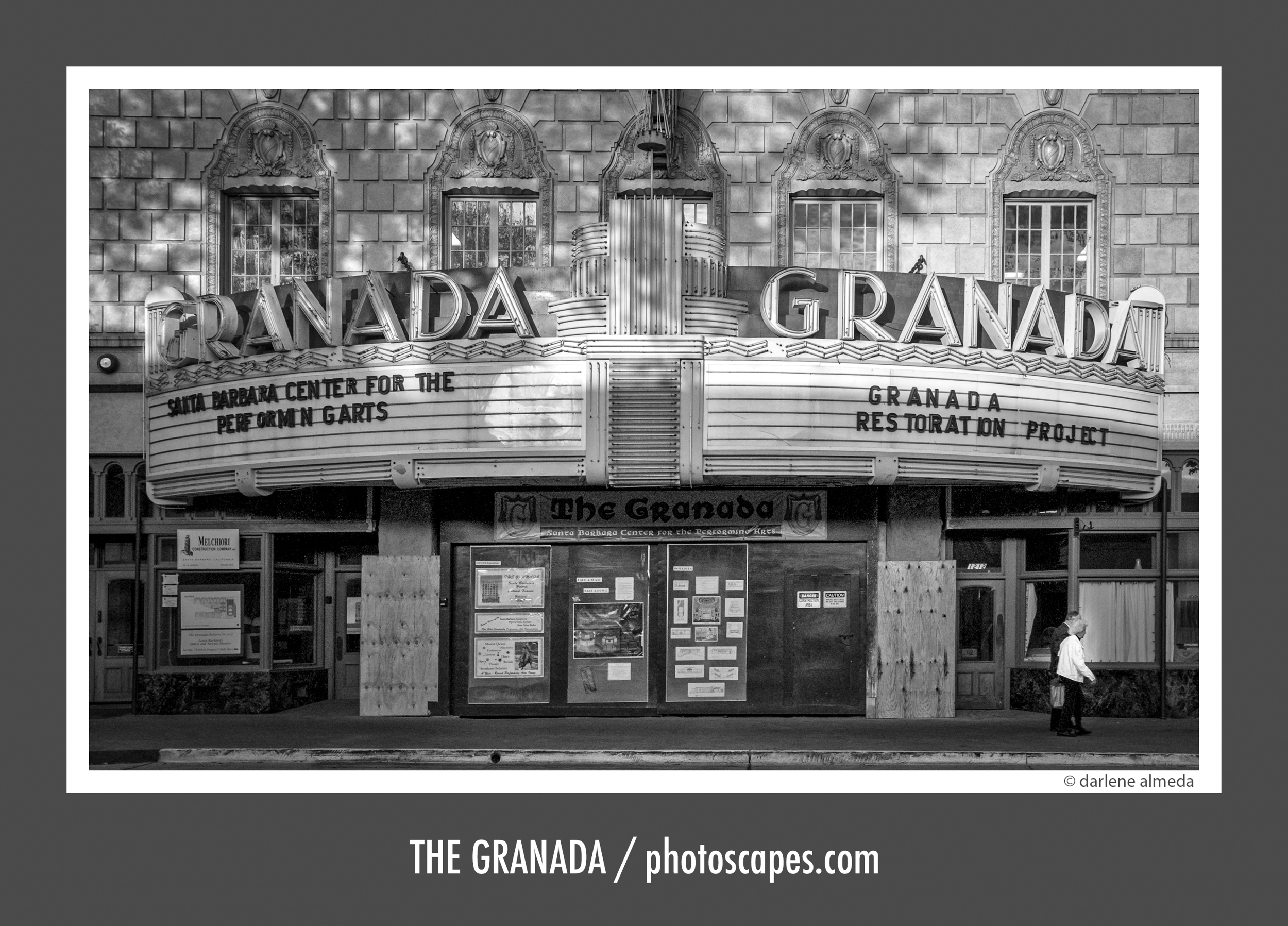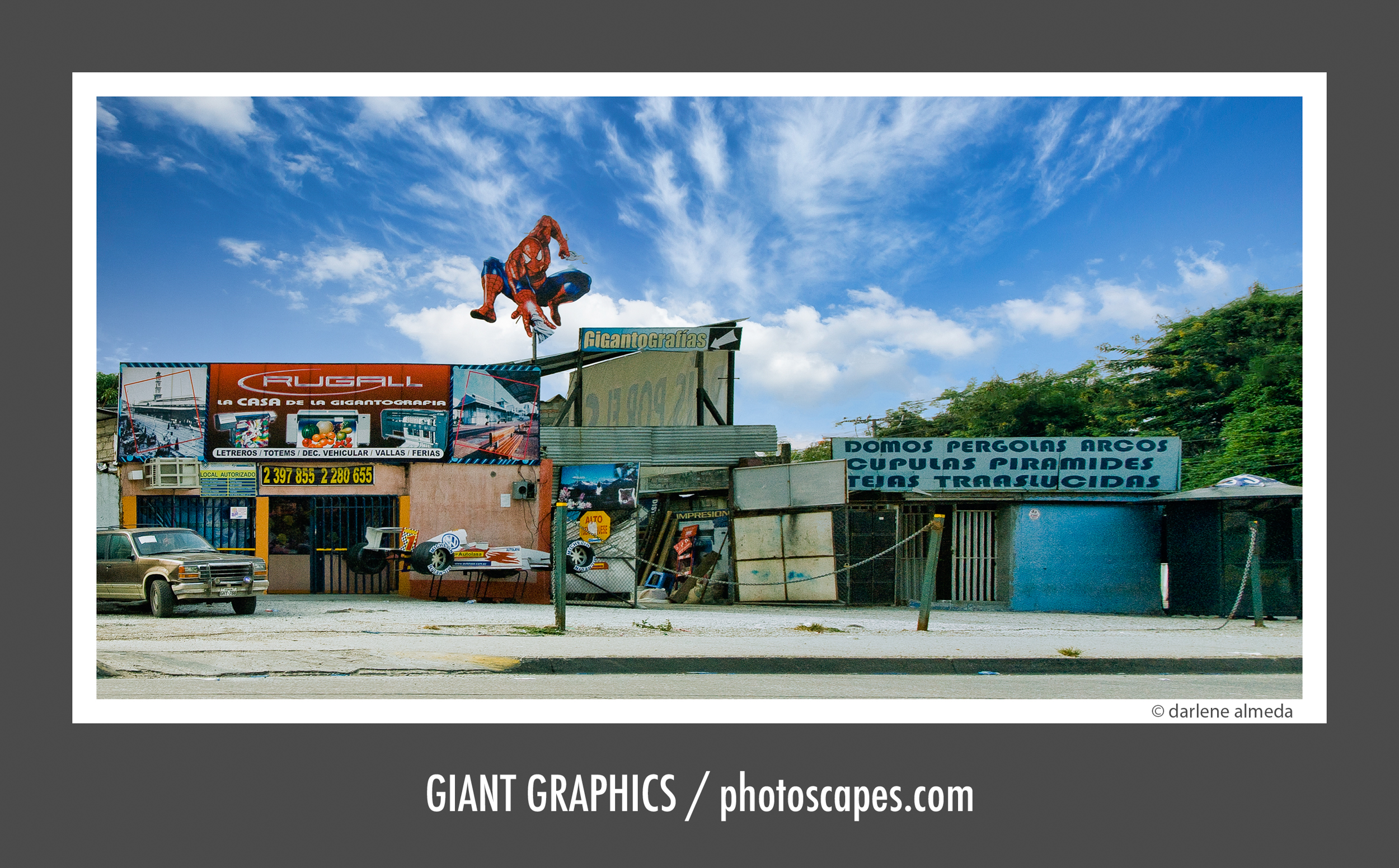What Is Street Photography?
Street photography is a genre of image-making that documents everyday life in public spaces. At its core, it is not defined by streets themselves, but by the spontaneous theater of human experience—moments unfolding without scripts, staging, or direction. Street photography seeks to reveal truth through observation, capturing gestures, expressions, interactions, and environments that reflect the personality of a place.
Unlike documentary or photojournalism, street photography does not require an explicit narrative or news-driven purpose. Instead, it celebrates ambiguity and open interpretation. The images may raise questions rather than answer them, encouraging viewers to find meaning in fleeting, often overlooked details. A good street photograph feels alive—imbued with curiosity, timing, and sensitivity to the unexpected.
Although many street photographs include people, the presence of human figures is not required. Street photography may focus instead on traces of humanity—objects left behind, architectural details, signage, silhouettes, shadows, or the way light falls across the built environment. These suggest human activity without showing it directly, allowing viewers to imagine the stories behind the scene.
Street photographers work wherever life gathers: sidewalks, cafés, markets, buses, parks, or subways. The candid nature of the genre helps preserve authenticity, revealing a moment that would have unfolded with or without the camera’s presence.
Several qualities often define street photography:
- Candidness — scenes are unstaged and spontaneous
- Observation — sensitivity to gesture, mood, and rhythm
- Timing — the ability to press the shutter at the instant something interesting unfolds
- Environment — public spaces that reveal cultural character
- Ambiguity — images that invite interpretation rather than explain
While traditionally shot in black-and-white using small cameras, contemporary street photography embraces every tool and aesthetic. What matters is the photographer’s ability to see and react—to recognize the extraordinary within the ordinary.
At its heart, street photography is a practice of being present. It is a conversation between photographer and world, a celebration of serendipity, and an ongoing exploration of how we live, move, and connect in public space—even when the frame holds no people at all.



